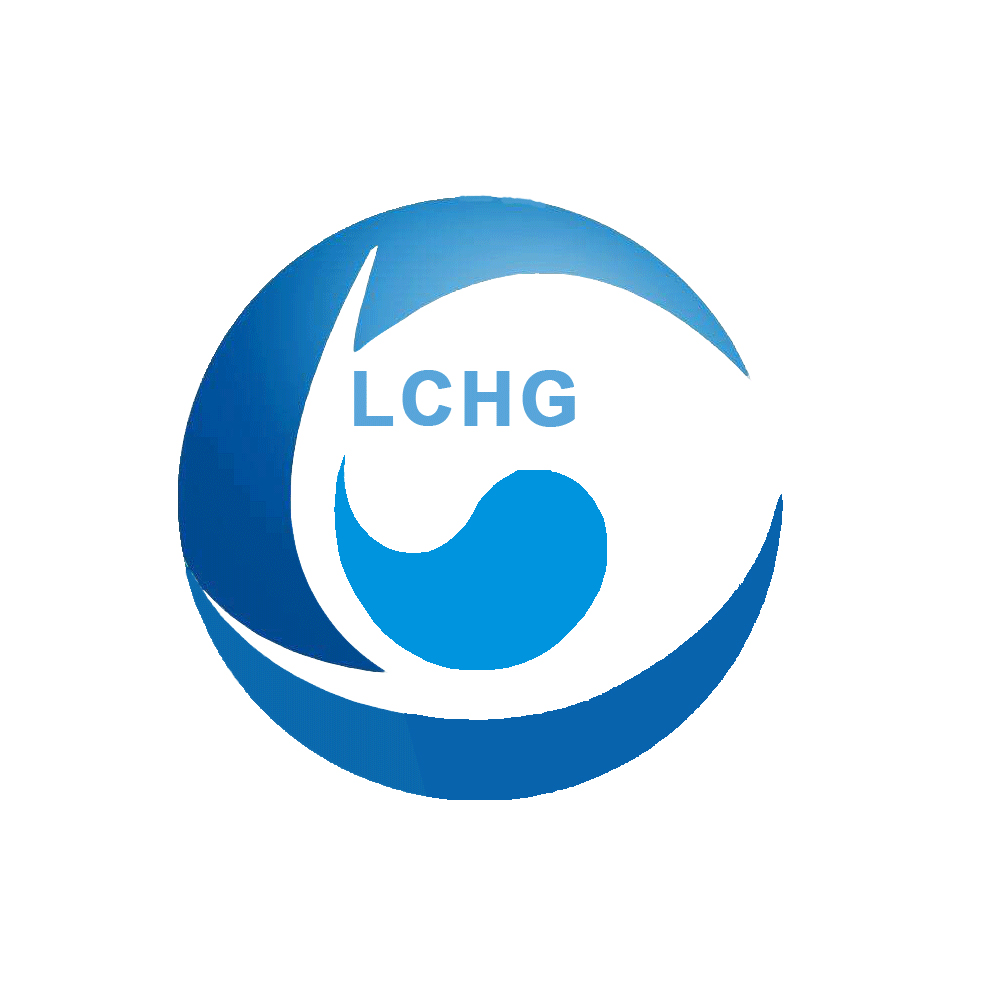Research progress on chemical components and antibacterial and anti-inflammatory activities of Camellia oleifera
Camellia oleifera Abel. is a small evergreen tree in the Camellia family, also known as Camellia seed tree, Camellia oleifera, or White Camellia. It is a unique woody oil crop in China. The oil extracted from camellia oleifera seeds (tea oil) is rich in vitamin E, squalene, sterols, tea polyphenols and other functional ingredients. Eating tea oil can effectively reduce blood lipids and blood pressure, and delay atherosclerosis. In addition to eating tea oil, it can also effectively treat skin inflammatory diseases such as dermatitis caused by bacterial fungal infection, red buttocks of infants, diaper rash, etc. Tea oil has been included in the 2020 edition of the Chinese Pharmacopoeia as a vegetable oil. Research has found that other parts of Camellia oleifera, such as leaves, flowers, fruit shells, stems, roots, and the byproduct of oil extraction from seeds, Camellia oleifera fruit pulp (tea leaves), are rich in various bioactive substances and have antibacterial, anti-inflammatory, anti-tumor, antioxidant, and lipid-lowering effects. Developing them into corresponding drugs, cosmetics, and foods can effectively improve the utilization rate and added value of Camellia oleifera resources, further promoting the development of the Camellia oleifera industry. In recent years, many scholars at home and abroad have conducted in-depth research on the chemical components and pharmacological activities of various parts of Camellia oleifera, and found that Camellia oleifera has good antibacterial and anti-inflammatory activities. This article systematically summarizes the chemical components of various parts of Camellia oleifera, and summarizes the antibacterial and anti-inflammatory effects of Camellia oleifera, laying the foundation for the rational utilization and development of Camellia oleifera resources and expanding the application pathways of Camellia oleifera.
The types and contents of chemical components in Camellia oleifera are relatively rich, mainly including triterpenoids, phenols, and steroids. Researchers have isolated and identified nearly 200 monomeric compounds from various parts of Camellia oleifera, some of which have good antibacterial and anti-inflammatory activities. The follow-up research on the chemical components of Camellia oleifera should mainly be divided into two aspects. Firstly, in-depth study of the complete mechanism of antibacterial and anti-inflammatory effects of various active compounds, and more comprehensive exposition of the scientific connotation of the antibacterial and anti-inflammatory effects of Camellia oleifera; The second is to strengthen the development and utilization of antibacterial and anti-inflammatory active ingredients in Camellia oleifera, which can be enhanced and attenuated by structural modification of compounds, making them suitable for clinical use and fully exploring the medicinal value of Camellia oleifera.
Research has shown that the active components (ingredients) of Camellia oleifera mainly act on the cell wall and membrane, which can damage the structure of bacterial cells, cause leakage of intracellular substances, and thus achieve the goal of killing bacteria. In clinical practice, antibiotics are often used to treat pathogenic bacterial infections. Their single target of action can easily lead to the development of drug resistance. Based on the characteristics of the antibacterial effect of Camellia oleifera, clinical treatment can try to use a combination of active compounds from Camellia oleifera and antibiotics. By affecting the bacterial cell wall membrane with the active compounds, drug absorption can be promoted, which can improve the efficacy and reduce the production of drug-resistant bacteria. The research on the anti-inflammatory activity of Camellia oleifera is mainly at the cellular level, which is not related to specific inflammatory diseases, which has caused great obstacles to the clinical application of Camellia oleifera. The follow-up research should take inflammatory related diseases such as atherosclerosis and hyperlipidemia as models, deeply explore the role of the anti-inflammatory active ingredients of Camellia oleifera in these diseases, and provide some scientific basis for the clinical application of Camellia oleifera.
At present, the application of Camellia oleifera in China is mainly focused on extracting oil from Camellia oleifera seeds for consumption. The development and utilization of its flowers, leaves, roots, Camellia oleifera shells, and tea seed meal are relatively weak, lacking a complete comprehensive development system for Camellia oleifera, which can easily lead to resource waste. In addition to its edible value, Camellia oleifera also has broad development prospects in the fields of medicine and cosmetics. The development of Camellia oleifera products can be divided into several aspects. Firstly, extracting compounds from Camellia oleifera and using different drug delivery systems (liposomes, microcapsules, inclusion complexes, etc.) based on their characteristics to develop new formulations, reducing toxic side effects while expanding the application range of active compounds in Camellia oleifera; Second, tea oil is used as the matrix, and various active substances are added to develop externally used preparations and cosmetics with good effects, such as cream, lotion, etc., to promote the absorption of active substances and improve the bioavailability by using the characteristics of tea oil as a penetration aid; The third is to replace other animal and vegetable oils with tea oil and develop healthy foods with tea oil flavor, which can meet the needs of different groups of people. Developing oil tea related products can promote the full utilization of oil tea resources and avoid the waste of high-quality resources, which is of great significance to the development of the oil tea industry.
